Picture this: You're about to download factory images for your Pixel 6a, maybe to flash some custom firmware or restore from a bootloop, and suddenly… they're gone. Google has quietly pulled all Pixel 6a factory images from its developer portal, and the timing couldn't be more telling. This move comes just as the company prepares to roll out a mandatory battery update that will fundamentally change how affected devices work.
Google has determined that certain Pixel 6a phones require a mandatory software update to reduce the risk of potential battery overheating, and all Pixel 6a devices will receive this automatic update starting July 8, 2025. The update will enable battery management features that reduce capacity and charging performance after batteries reach 400 charge cycles. But here's the kicker: with factory images now unavailable, users can't easily roll back if something goes wrong.
Why this factory image removal feels different
This isn't Google's first rodeo with problematic updates. The company previously removed all older firmware for the Pixel 4a, leaving users with no official way to downgrade from a battery update that rendered devices "practically unusable" with barely half an hour of screen time. Based on our analysis of Google's developer portal changes and historical patterns, the company usually doesn't remove older firmware unless there's something deeply problematic with them, like a hardbrick bug.
The Pixel 6a situation mirrors this pattern exactly. Multiple users have reported their phones catching fire — with gruesome photos to prove it — including one Reddit user whose Pixel 6a "spontaneously combusted in the middle of the night." Over the past months, there have been at least four separate fire incidents, ranging from December 2024 to just last week.
What makes this particularly frustrating is that May 2025 updates for Pixel 6a devices already contained bootloader updates that prevent rolling back to previous Android 15 builds. This bootloader restriction, combined with the factory image removal, creates a perfect storm where users lose both official downgrade paths and emergency recovery options simultaneously.
The battery update nobody asked for
Starting July 8, Google will force this update on all Pixel 6a devices — yes, even if you don't manually try to update. Eventually, you'll get this update whether you asked for it or not.
For affected devices, the update kicks in after 400 battery cycles (roughly 2 years of typical use) and brings some harsh realities. Users will notice their battery lasting for shorter periods between charges, reduced charging performance, and short-term changes to how the battery indicator shows capacity. A reminder notification gets sent at 375 cycles, but by then you're already committed to this degraded experience with no way back.
The update is based on Android 16, which creates another layer of user frustration. Google intentionally omitted Pixel device trees from Android 16, making custom ROM development much harder and forcing developers to resort to reverse engineering and "blind guessing." What this means is that even if users could access factory images, custom ROM alternatives are now exponentially more difficult to develop — effectively cutting off another potential escape route.
Your options are running out fast
Google is offering some remedies, just like it did with the Pixel 4a mess — but this parallel reveals a troubling strategy where Google creates hardware problems, removes user solutions, then offers limited corporate fixes with tight deadlines. Starting July 21, walk-in battery replacements will be available in the US, Canada, UK, Germany, Singapore, Japan, and India, with mail-in repairs for the US and India. There's also mention of cash payments or Google Store hardware discount credits toward another Pixel phone.
But here's the reality check: You have exactly one year from July 8, 2025 to register for these support options. After July 8, 2026, these support options will no longer be available. And if your device shows liquid damage or other issues, it may not qualify for free replacement.
The removal of factory images feels like Google closing off the last emergency exit before a mandatory update that could fundamentally change your phone's usability. Combined with the bootloader rollback prevention and the difficulty of custom ROM development, Pixel 6a users are increasingly boxed in with fewer options every month.
What this means for your Pixel 6a
The writing's on the wall here. Google is systematically removing user control over Pixel 6a devices ahead of an update that will reduce battery performance for an unknown number of users. Without factory images, your ability to recover from update problems, downgrade, or even properly troubleshoot issues becomes severely limited.
If you're planning any major changes to your Pixel 6a — rooting, custom ROMs, or even just want a safety net — now might be your last chance to grab those factory images from unofficial sources. The official Google developer portal no longer hosts them, and given the pattern with the Pixel 4a, they're probably not coming back.
PRO TIP: Having worked with factory images for device recovery across multiple Pixel generations, the removal of these files represents an unprecedented restriction on user control. If you're technically inclined, consider backing up your current setup now, before the mandatory update lands.
The silver lining? Most new Pixel phones give you at least seven years of updates, so despite subpar custom ROM support, your hardware should remain functional. But "functional" now comes with Google's definition of acceptable performance — not yours.
This whole situation highlights a concerning trend: Google's increasing willingness to make unilateral decisions about how your hardware should function, while simultaneously removing the tools that let you maintain control over your own device. It's a blueprint for corporate control that extends far beyond just the Pixel 6a.







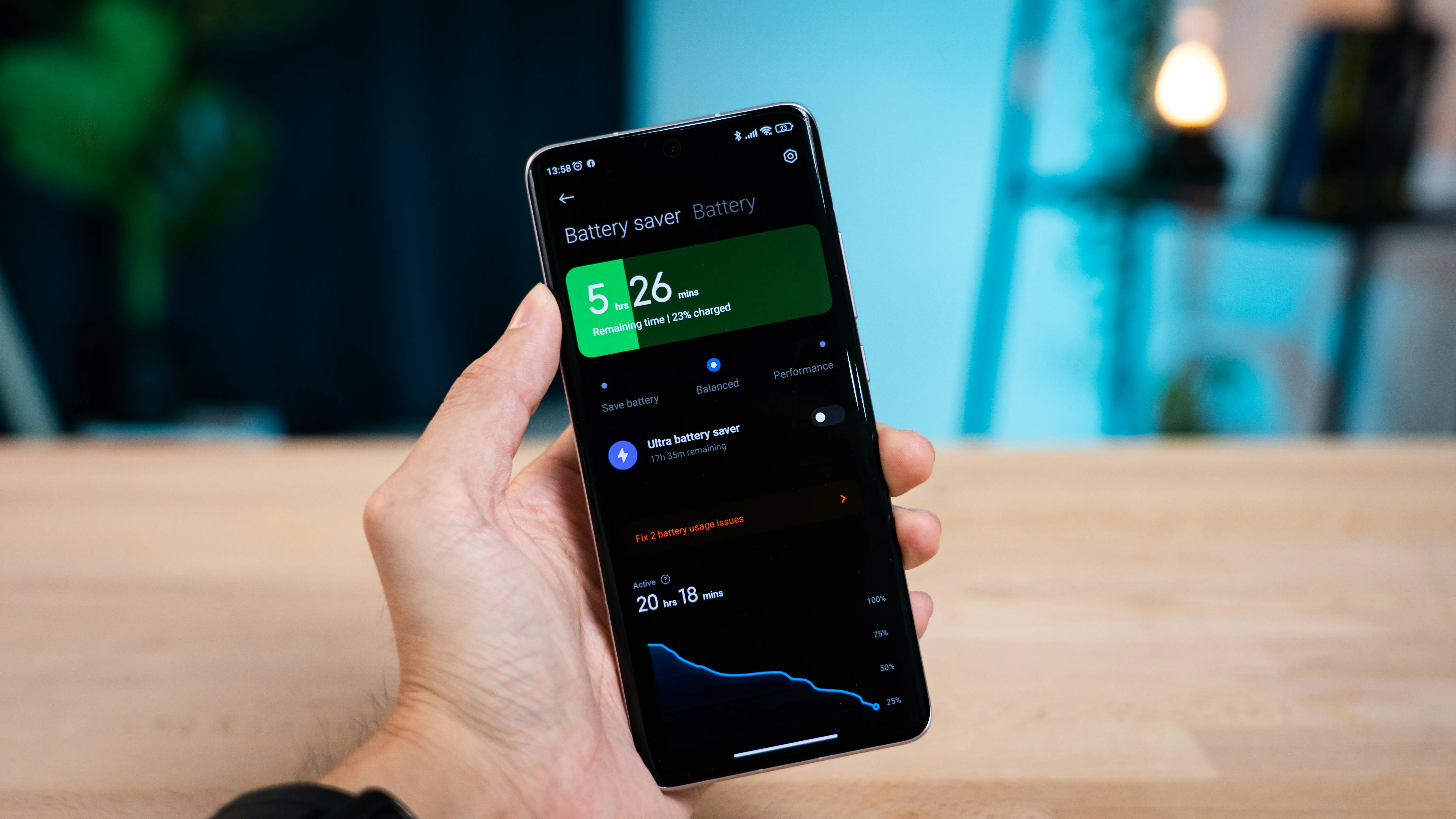

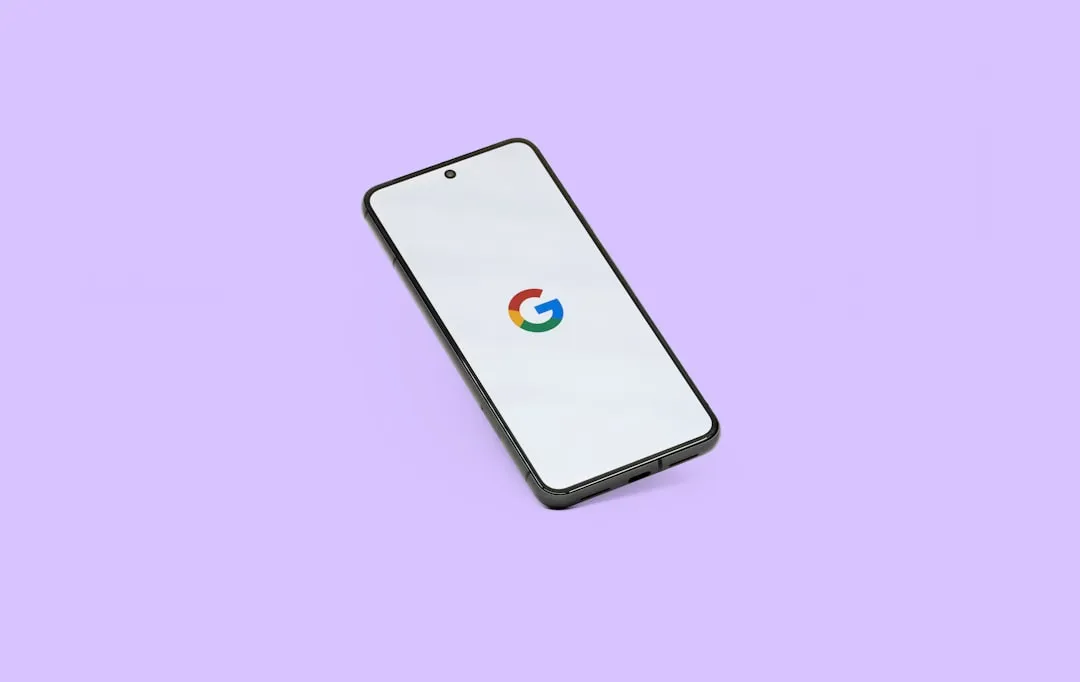

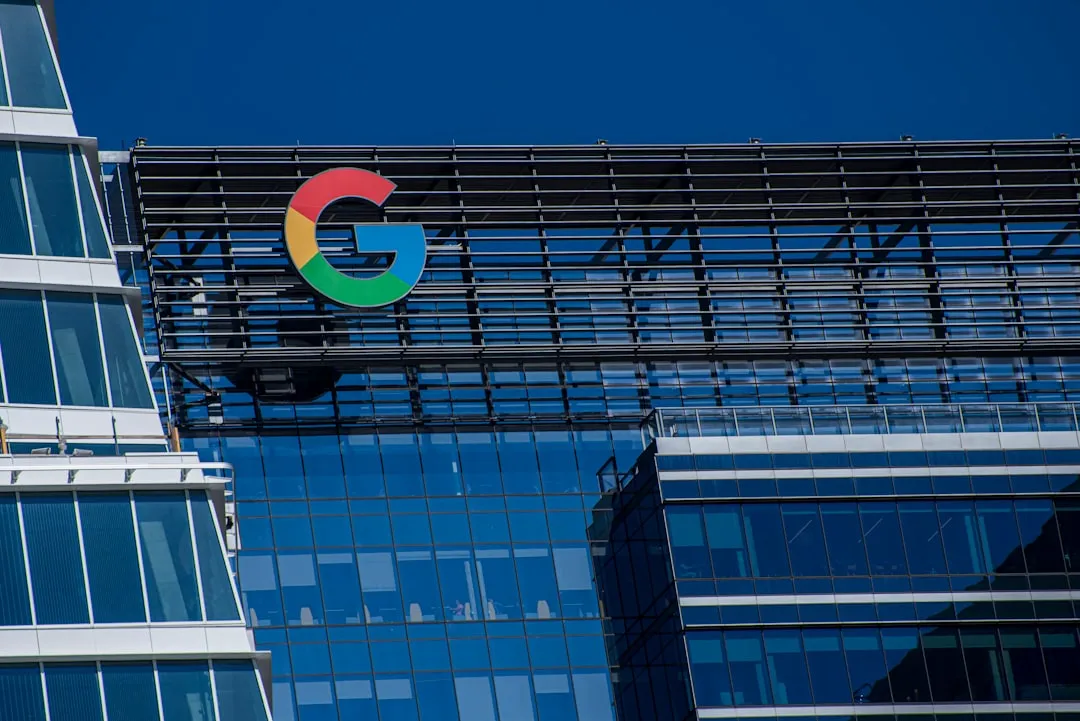
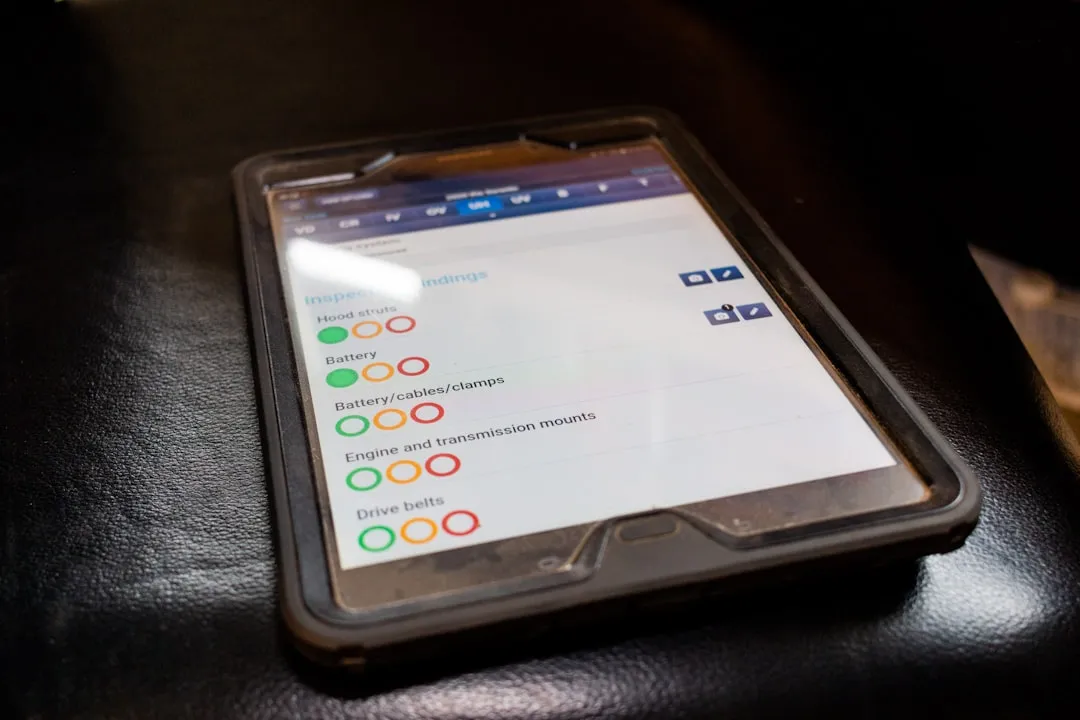




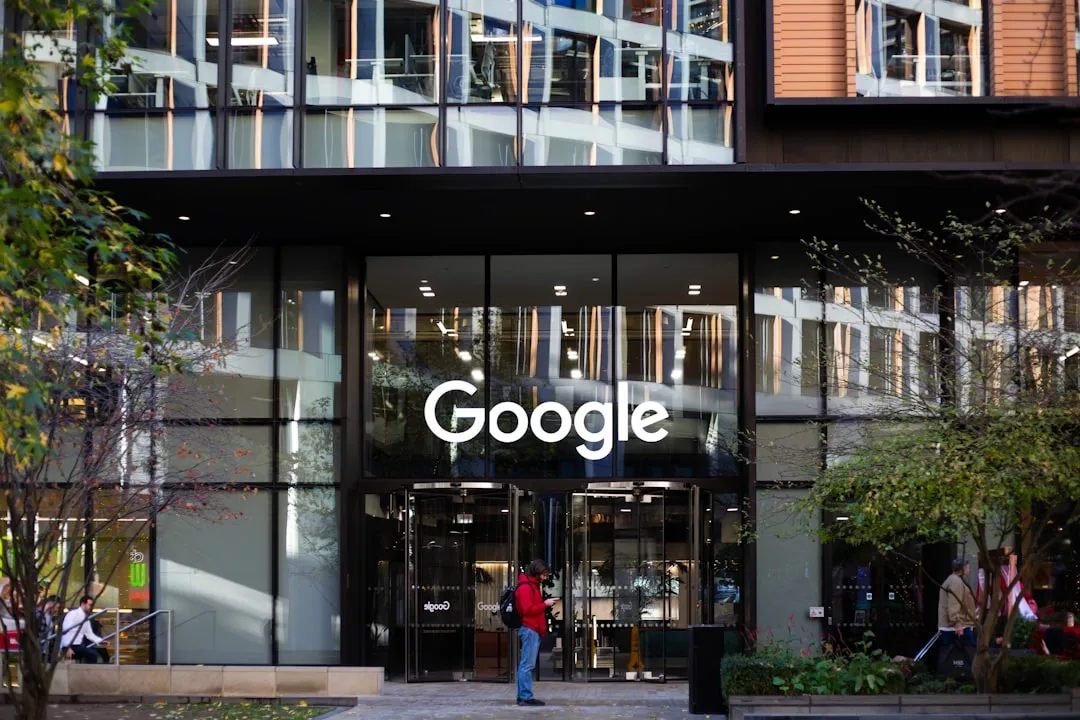
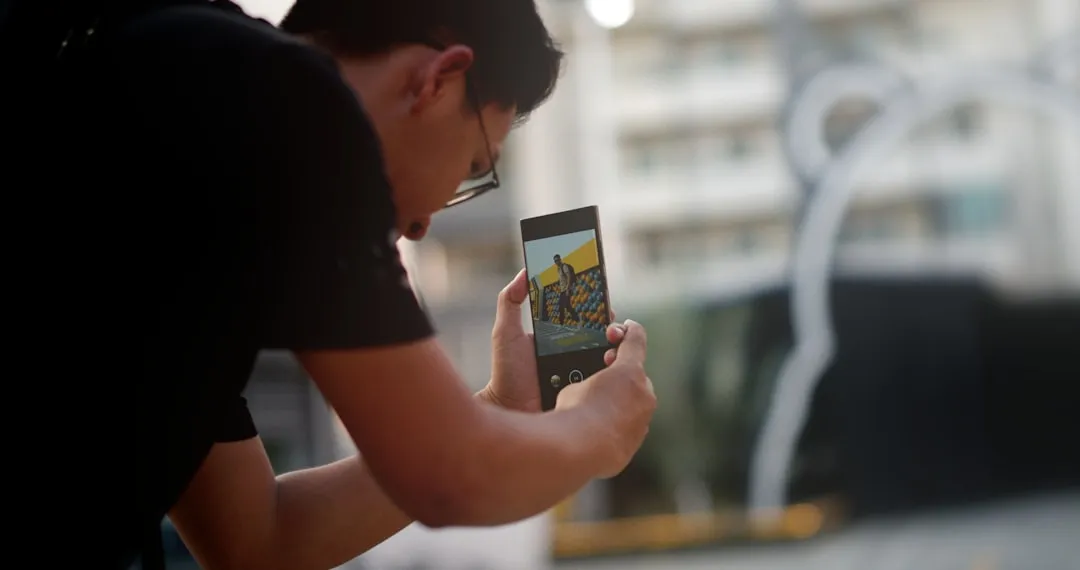

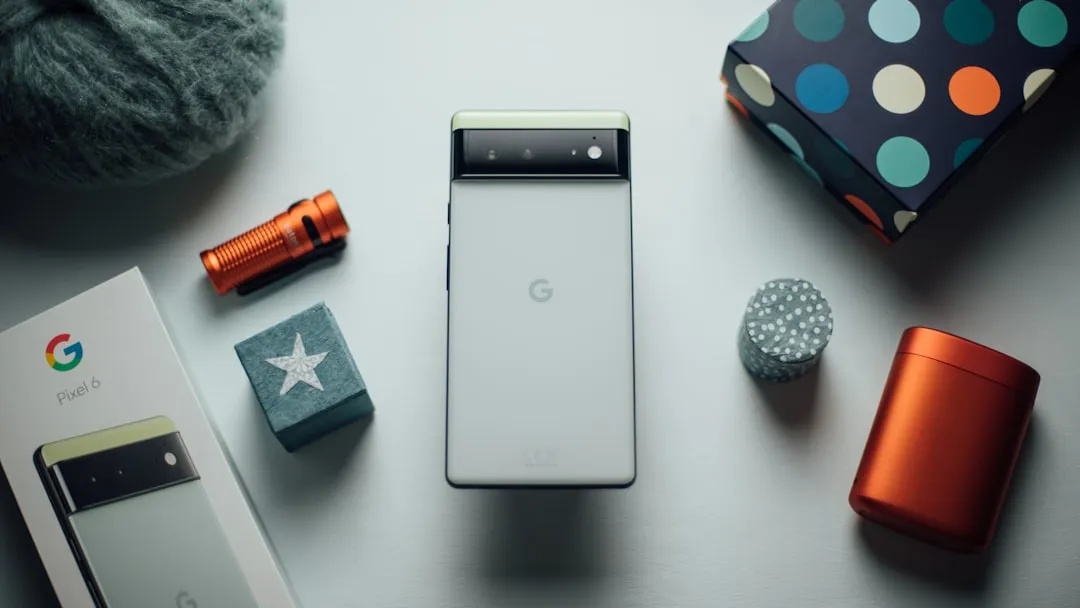
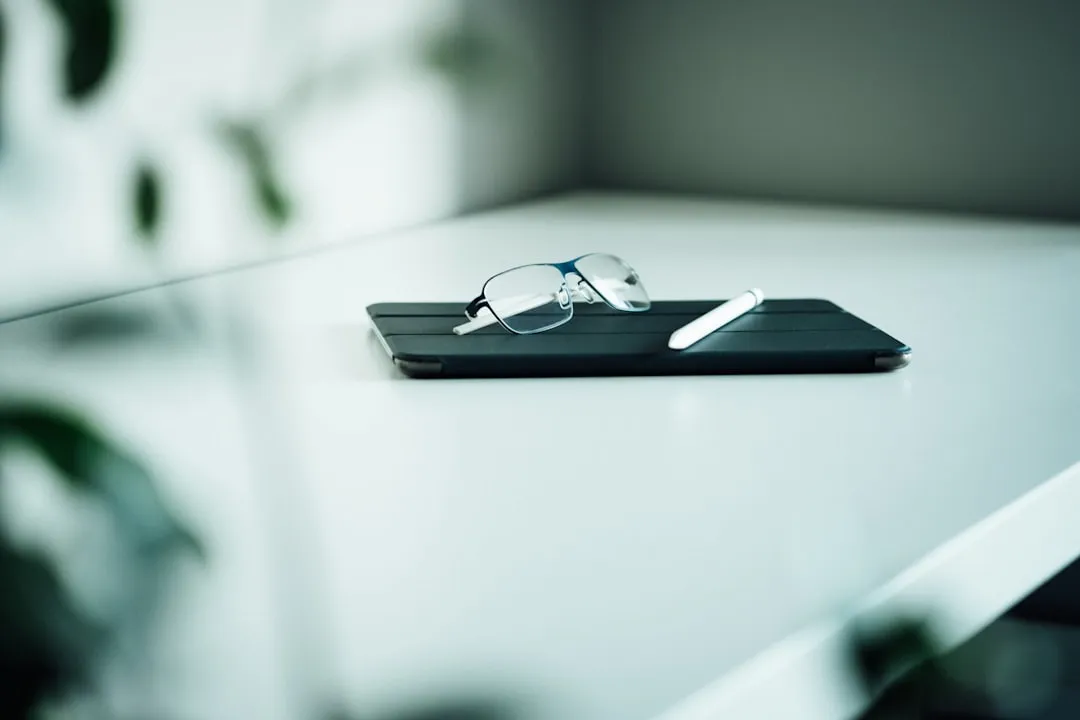
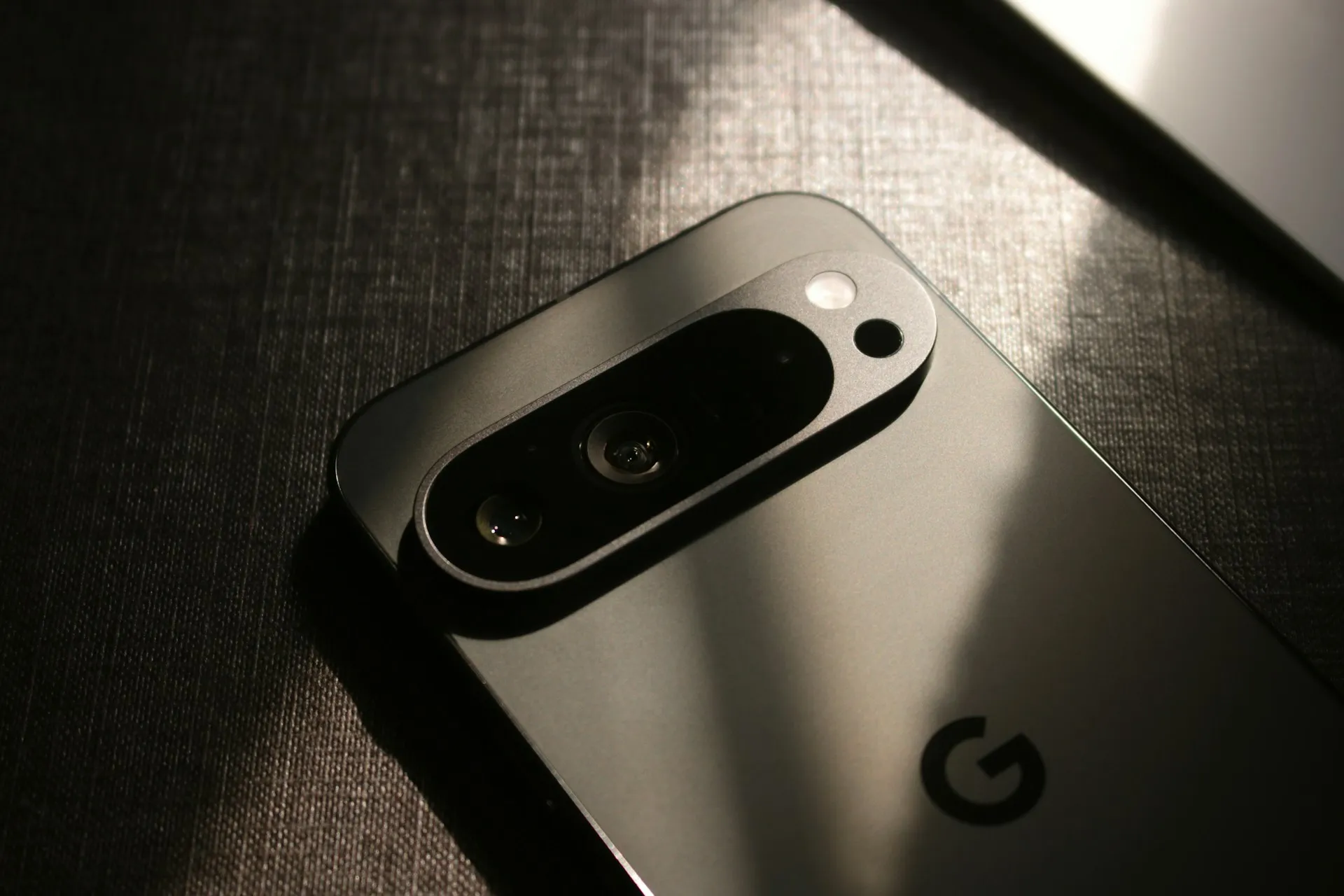
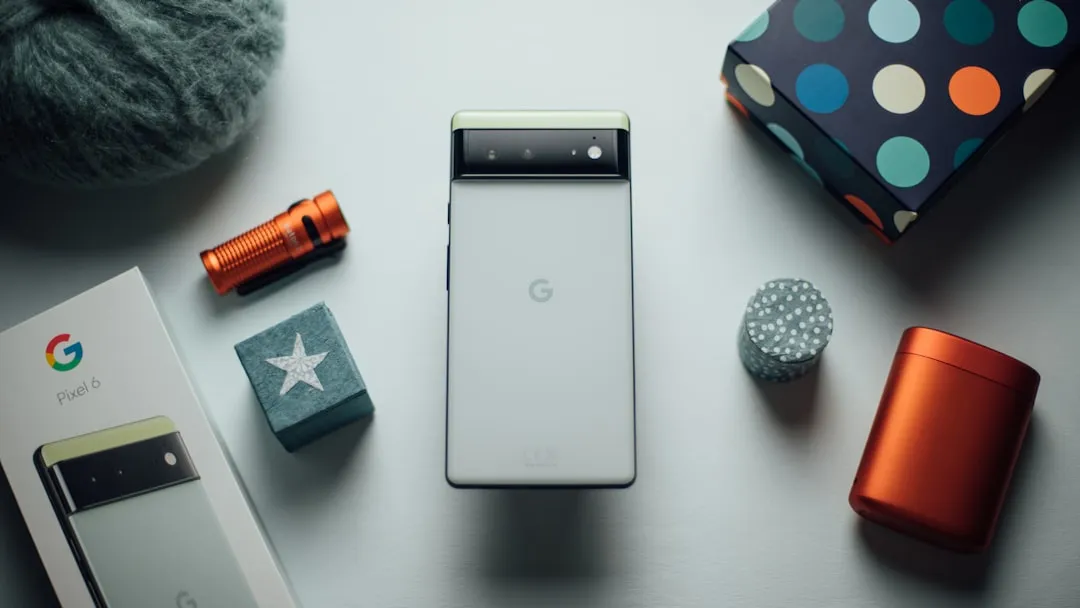
Comments
Be the first, drop a comment!